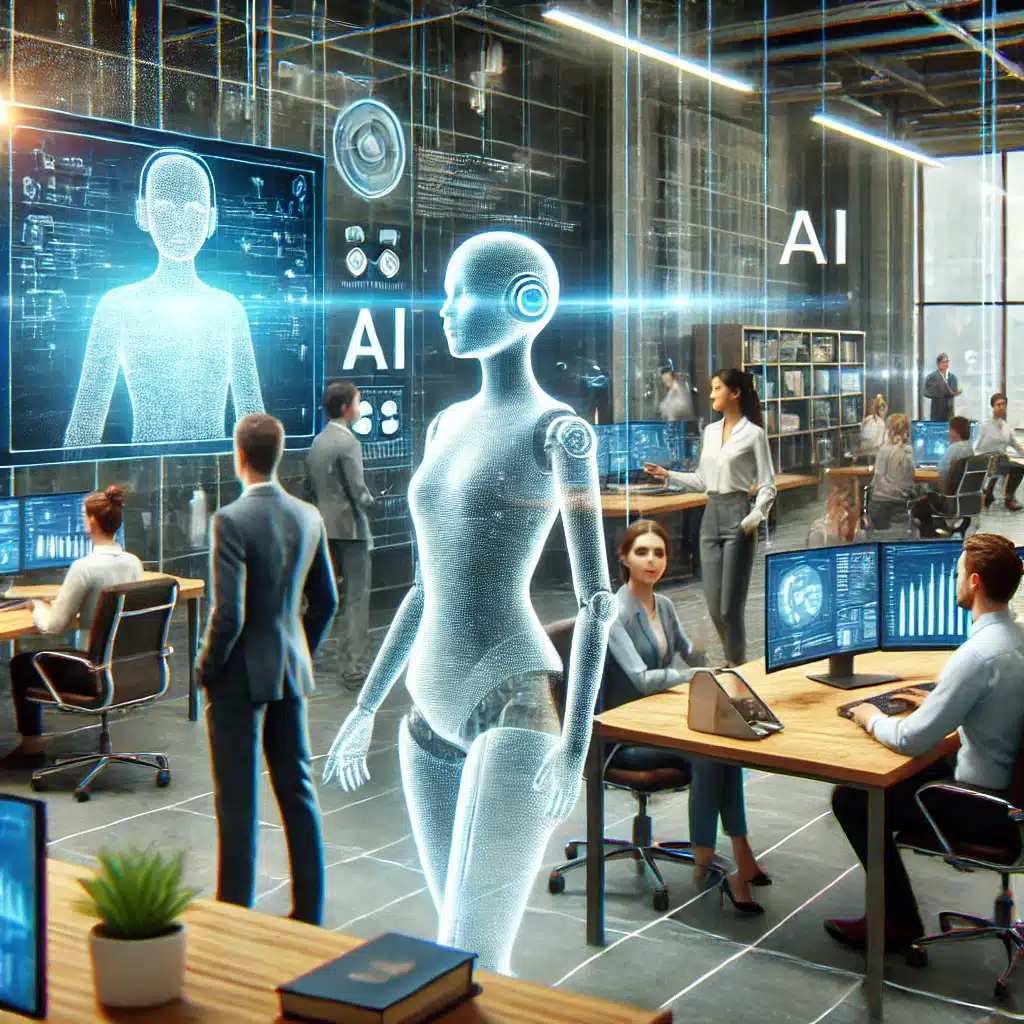Understanding the Rise of Agentic AI and Its Implications
The Rise of Agentic AI marks a significant turning point in technology. This new realm of AI offers vast opportunities, but it also introduces a new wave of cybersecurity risks. According to a Gartner report, Agentic AI is poised to be part of 33% of enterprise software applications by 2028, a notable increase from just 1% today. This technology empowers AI systems to operate autonomously, adapt to various contexts, and execute tasks with minimal supervision. These capabilities could revolutionize the way enterprises handle data and research tasks, leading to more efficient operations. Consequently, businesses must navigate these advancements carefully.
Opportunities Offered by Agentic AI
The Rise of Agentic AI holds the potential to redefine many business processes. For instance, the technology could automate up to 15% of daily decision-making in enterprises by 2028. Moreover, envision AI handling a majority of transactions in digital storefronts, deepening customer interaction. Then, our reliance on human intervention for routine tasks significantly decreases. The scalability and efficiency gains could potentially redefine operational strategies across industries.
However, embracing Agentic AI is not without its challenges. Enterprises must equip themselves to manage the intricacies of autonomous AI systems. The benefits are substantial but only achievable with a strategic approach to implementation and management.
Cybersecurity Risks in Agentic AI
While Agentic AI offers various benefits, it brings inherent cybersecurity concerns. With autonomy comes unpredictability and unintended actions. This can result in expanded threat landscapes. Avivah Litan, a vice president analyst at Gartner, suggests that organizations must stay ahead by understanding these risks. For example, malicious coding logic errors could lead to severe data breaches, while unauthorized access remains a persistent threat. Therefore, companies must prepare for potential vulnerabilities from third-party code downloads or supply chain disruptions.
Furthermore, detecting and flagging unauthorized activities of AI agents is crucial. To mitigate these risks, it is essential to set policies and monitor flow activities within AI systems comprehensively.
Adapting to Agentic AI: Strategic Recommendations
Several strategies can help organizations leverage Agentic AI while maintaining cybersecurity. Educating stakeholders about AI risks is vital. Consequently, this awareness drives a security-oriented culture. Enterprises can implement tools to detect anomalies and monitor AI activity. Mapping information flows further enhances transparency and reduces risks. Moreover, embracing collaborative tools, like Microsoft Copilot Studio or AWS Bedrock, can also aid in securing deployed AI systems.
Despite cybersecurity concerns, brands that position themselves strategically can achieve significant gains. This involves adopting a knowledge graph approach to ensure data accuracy, hence minimizing AI errors and enhancing reliability. Ultimately, by balancing innovation with robust security measures, businesses can thrive in the evolving landscape powered by Agentic AI.



